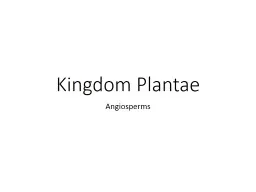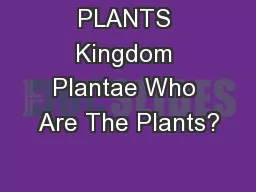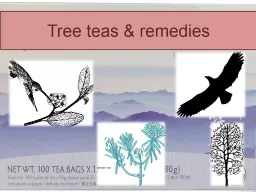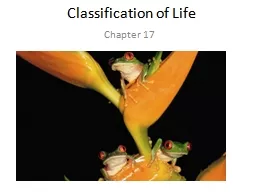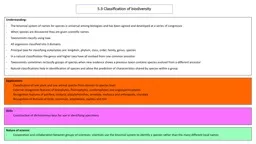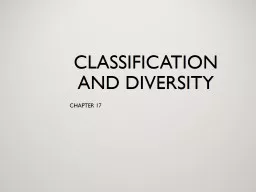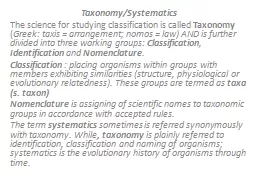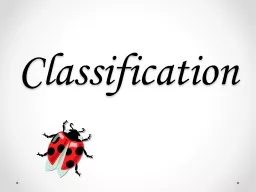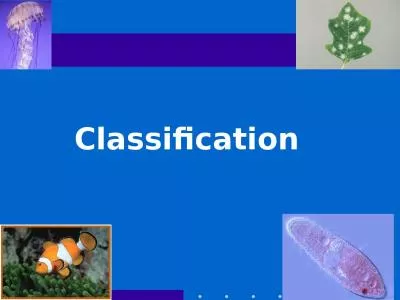PPT-KINGDOM PLANTAE CLASSIFICATION
Author : nonhurmer | Published Date : 2020-06-15
CLASSIFICATION ALGAE An eukaryotic cell organisation It is composed of pure or mixed carbohydrates Cellulose mucilage pectin etc and substances like alginic
Presentation Embed Code
Download Presentation
Download Presentation The PPT/PDF document "KINGDOM PLANTAE CLASSIFICATION" is the property of its rightful owner. Permission is granted to download and print the materials on this website for personal, non-commercial use only, and to display it on your personal computer provided you do not modify the materials and that you retain all copyright notices contained in the materials. By downloading content from our website, you accept the terms of this agreement.
KINGDOM PLANTAE CLASSIFICATION: Transcript
Download Rules Of Document
"KINGDOM PLANTAE CLASSIFICATION"The content belongs to its owner. You may download and print it for personal use, without modification, and keep all copyright notices. By downloading, you agree to these terms.
Related Documents






